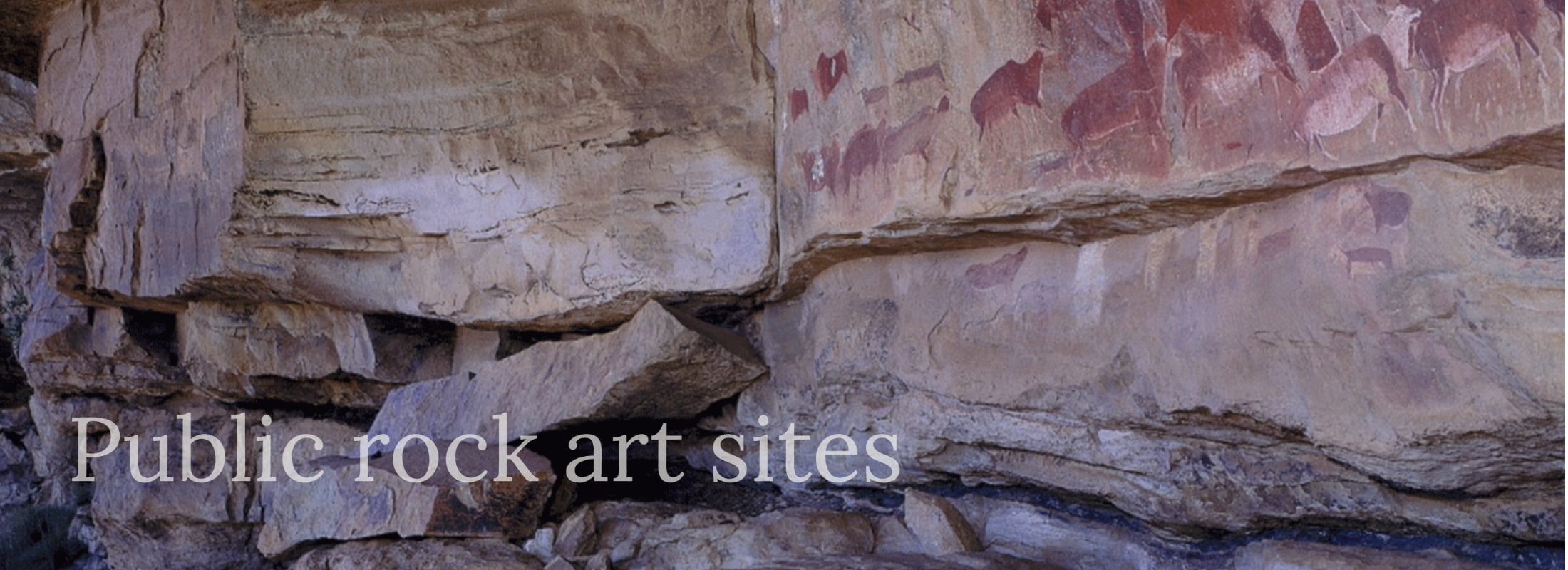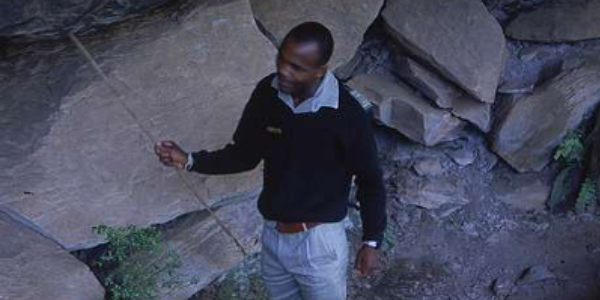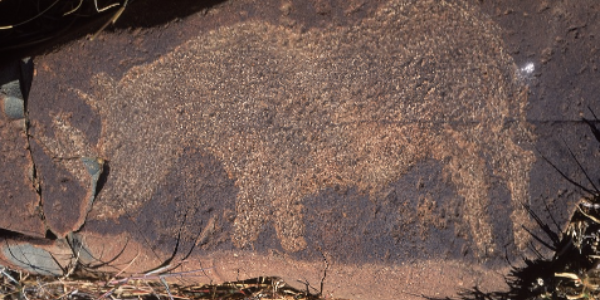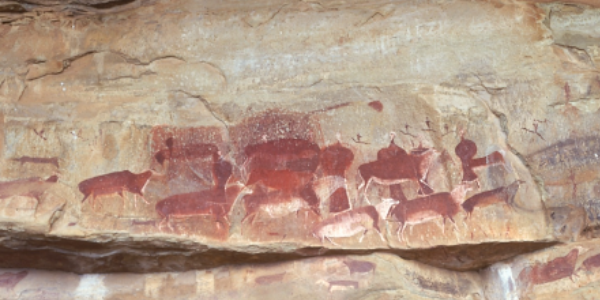
Rock art not only provides us with a strong sense of pride in a rich African past, it can also play a key role in our future. Cultural tourism is the fastest growing section of the tourism industry and tourism is the fastest growing industry in Africa. There is no better place to experience cultural heritage than in Africa: this is where culture began.
Africa's rock art heritage is second to none; it is also amongst the world's best understood rock art thanks to many decades of quality rock art research. We can thus take someone to a rock art site and explain many aspects of its history and the complex symbolism and metaphors contained in the art. Each site is fascinating and unique, with its own special story. The days of standing in bewilderment in front of the art and guessing its meaning are, thankfully, gone. The real story is richer and more rewarding.
Rock art tourism
Rock art tourism is of particular value because it takes people away from the overcrowded resorts and spreads tourism through the many remote rural areas where the benefits of tourism are most desperately needed and where investment and jobs will help most directly in the fight to alleviate poverty. For conservation reasons, and to give the visitor a rich and rewarding experience, all visits to rock arts site must be made in the accompaniment of a guide. Poor site management can lead to a site being destroyed in just a few years. By contrast, although the development of a sensitive and sustainable public rock art requires a significant investment of time and money, once that investment has been made, the site will provide permanent jobs and income for centuries to come. The future of Africa's ancient rock art is in our hands; and, if we take care of it, it can give us a much richer future.




